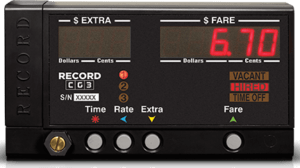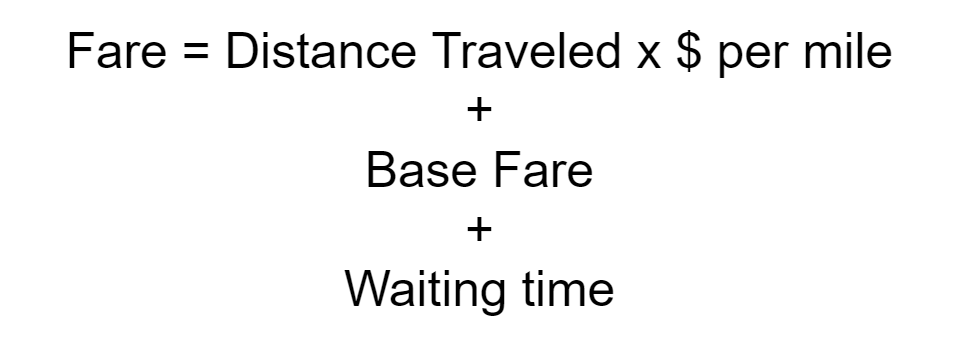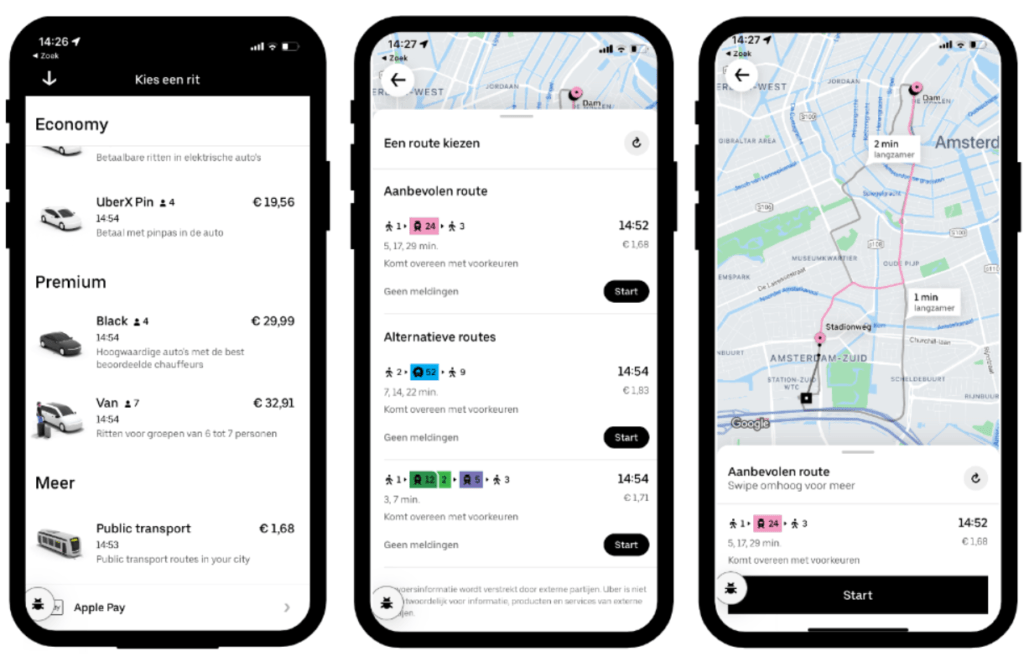Introduction
Introduction

A traditional taxi meter. Source Wikipedia.
Taxi meter control systems work by measuring the distance and time traveled by a taxi and calculating the fare based on a preset rate, usually set by the local government. The system consists of several components, including a taximeter, a printer, and a communication device such as a radio, to keep in contact with the taxi company’s main base.
The taximeter is a device installed in the taxi that measures the distance traveled and the time elapsed since the start of the journey. The device is typically connected to the taxi’s speedometer and uses sensors to detect the distance traveled. The taximeter also includes a clock that measures the time elapsed during the journey.
Taxi systems are actually monitoring systems, rather than control systems, as they have no direct impact on the external environment.
Calculating the face
Calculating the fare
The rate at which the fare is calculated is determined by the local government or regulatory body, and it may vary depending on factors such as time of day, day of the week, and the number of passengers. The rate is programmed into the taximeter’s software and is displayed on the device.
As the journey progresses, the taximeter calculates the fare by multiplying the distance traveled by the rate per kilometer, and adding a charge for waiting time. The waiting time charge is typically based on the time elapsed while the taxi is stationary.

GPS Based systems
GPS Based Taxi meter systems
Modern taxi companies such as Uber and Grab don’t use physical taxi meters, instead they rely on GPS enabled apps on a driver’s/customer’s phone to calculate costs based on the distance measured by the GPS device.
This has the following advantages:
- Customers are less likely to be scammed as the exact trip details are kept on the app and can be contested by the customer.
- Potentially safer as the location of the car and all occupants is tracked.
- Customers can pre-book taxis more easily, especially in a country where they don’t speak the language or don’t know their exact location.
